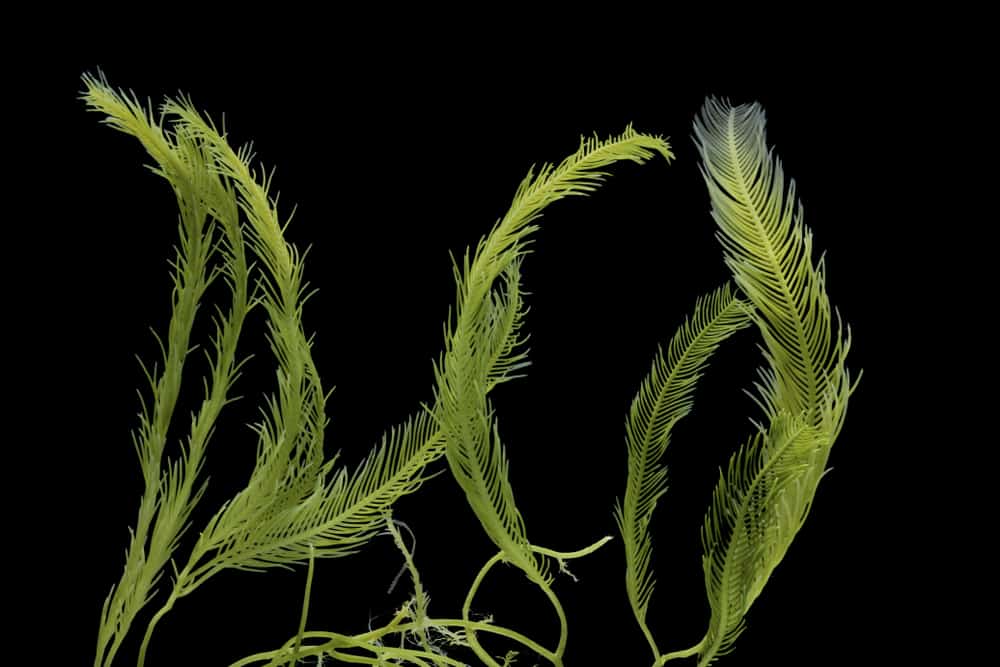
Finding the best filtration for your aquarium can be tricky, especially if you own a big and crowded tank where lots of waste is produced.
One of the best methods is to install a separate tank called a refugium, and macroalgae are the easiest filters to grow there.
Keep reading to find out what macroalgae is, how it can benefit your tank, and what types of macroalgae work best for your refugium.
Best Macroalgae for a Refugium
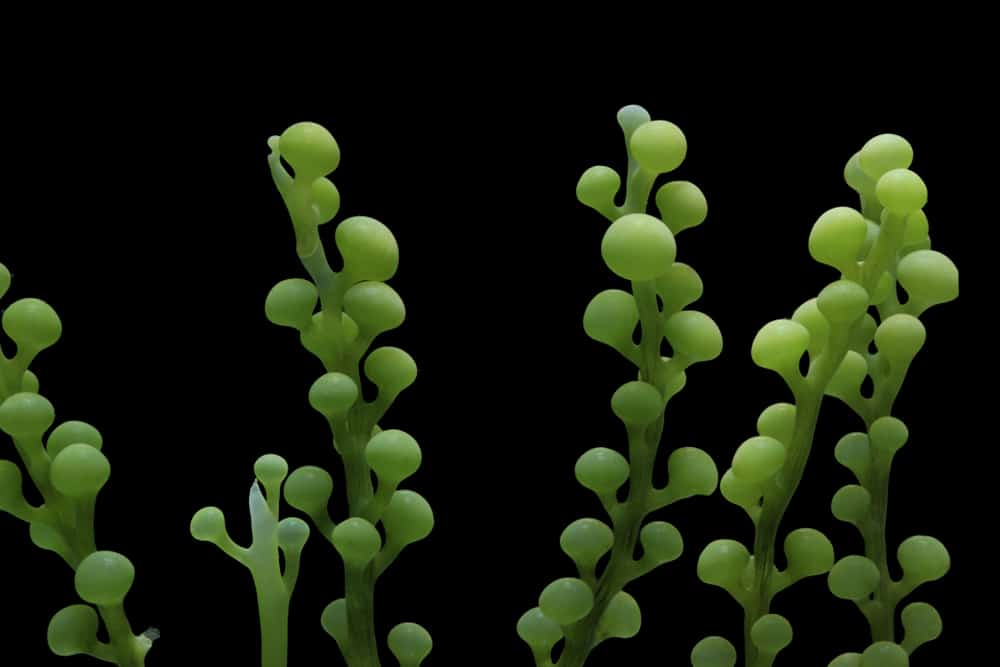
Depending on your aquarium’s needs, the best macroalgae for your refugium can vary.
Suppose you’re dealing with a spike in the level of ammonia, nitrite, nitrate, or phosphate.
In that case, you’ll have to add fast-growing macroalgae to your aquarium to eliminate significant quantities of these harmful chemicals from the water very quickly.
These are Chaetomorpha, Caulerpa Prolifera, Caulerpa Racemosa, and Ulva.
If you’re trying to remove excess calcium from the water, Halimeda or Money Plant can help.
After maintaining the water parameters and decreasing the phosphate and nitrate levels, the fast-growing macroalgae won’t thrive in your refugium because they use these chemicals as food.
This is when more slow-growing macroalgae like Halymenia Maculata and Halymenia Dilatata can help you keep the water healthy.
You should also think about the light each type of macroalgae needs.
You can fill the top of your refugium with the macroalgae which need high daily light levels and the darker parts with macroalgae that demand less light.
What Is Macroalgae?

When most people hear the word algae, they immediately think about the slimy green substance on the surface of ponds or in the aquariums, cramping up space.
That is actually microalgae, which is vital to our survival on earth since it produces 50% of the planet’s oxygen through photosynthesis.
However, you don’t want microalgae anywhere near your aquarium.
Instead, macroalgae can help your aquarium in many ways.
Macroalgae are multi-celled organisms that resemble aquatic plants, but they don’t have roots.
Unlike plants that get their nutrients through their roots from the soil, macroalgae absorb nutrients from the surrounding water while performing photosynthesis.
This is why macroalgae grow in nutrient-rich waters like reefs and hard seas, attaching themselves to anything solid, like rocks or ships.
How Can Macroalgae Help Your Aquarium?

First of all, some macroalgae varieties can make stunning decorations, as they give a natural look to your main aquarium.
Plus, like other plants, macroalgae absorb the carbon dioxide released by fish and produce oxygen in return, increasing the water’s dissolved oxygen level.
More importantly, macroalgae can act as filters and absorb harmful chemicals like ammonia, nitrite, nitrate, and phosphate from the water, making it clean and fresh for your fish.
Macroalgae slow down the growth of microalgae and prevent them from taking over your main tank.
Some types of macroalgae can make great treats for herbivorous fish.
Small creatures and microorganisms like copepods and amphipods usually don’t get a chance to grow and build a colony in the main tank because the fish will wipe them out in the early stages of growth.
In refugia, macroalgae can provide a safe breeding area for these organisms.
They’ll eventually find their way to the main aquarium and become tasty snacks for picky fish like seahorses, angelfish, filefish, wrasses, gobies, and mandarins.
Copepods also help the refugium by removing the excess food, detritus, and bacteria.
Types of Macroalgae
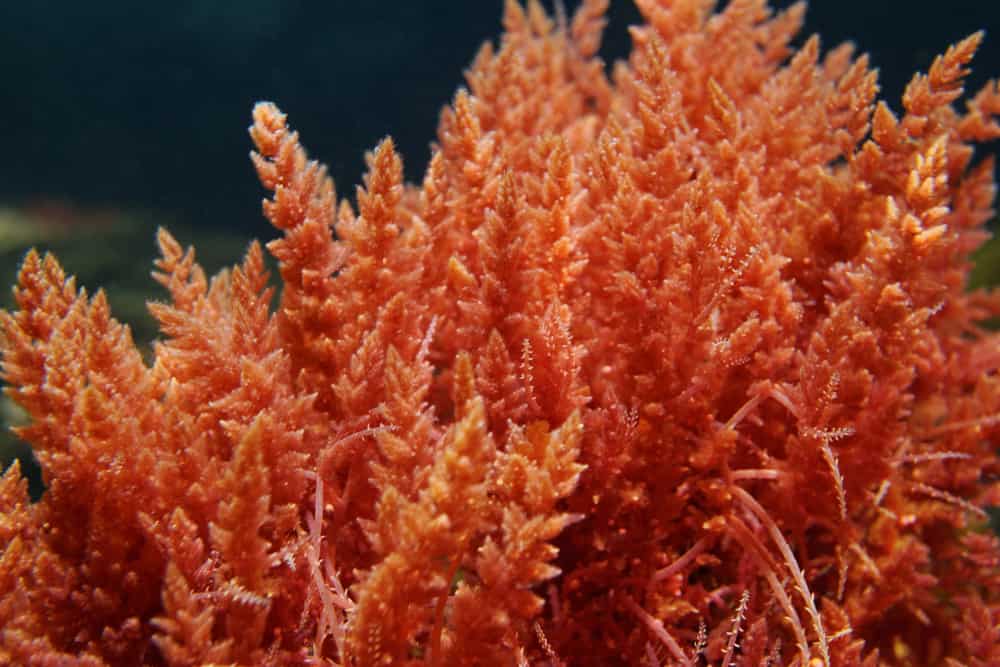
There are three main types of macroalgae. They’re different in terms of color since they have different chlorophylls or photosynthetic pigments.
- Green Macroalgae: Green macroalgae species are common in refugia because they proliferate and absorb large amounts of nutrients from the water.
- Red Macroalgae: Red macroalgae varieties are used for ornamental purposes and for filtering out nutrients in refugia. They’re the most diverse among the three groups.
- Brown Macroalgae: Brown macroalgae or Kelp live mostly in fresh waters and can’t help but absorb excess nutrients in a refugium.
They can grow bigger than the green and red varieties and belong to a different biological kingdom.
Red and green macroalgae evolved earlier, and they’re more closely related.
Top 5 Macroalgae for a Refugium
1. Chaetomorpha
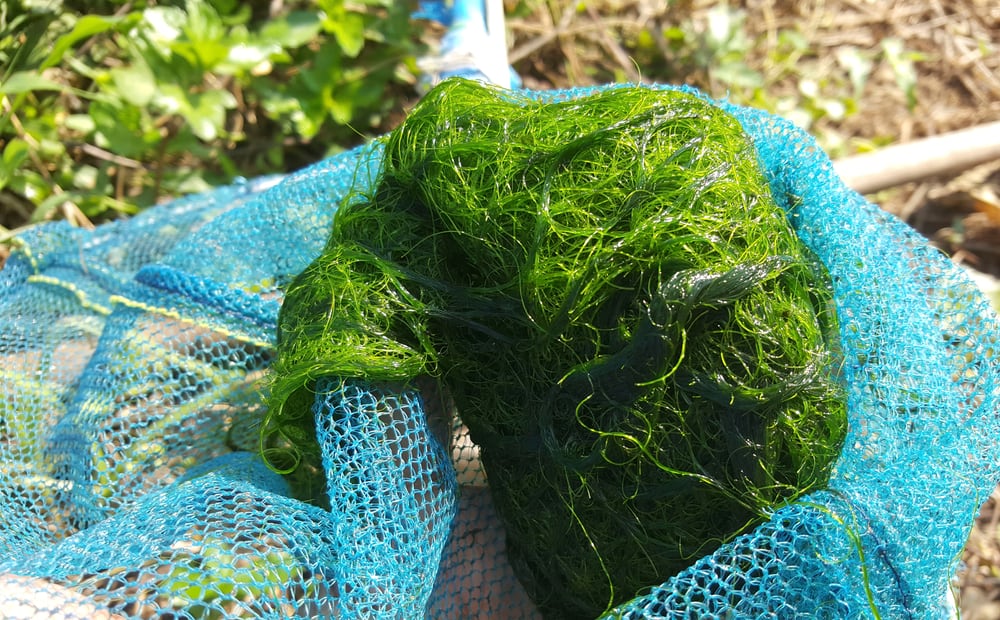
Chaeto is a type of green macroalgae and the most popular one among hobbyists for saltwater refugia.
It comes in the shape of thin strands, densely clumped together like wire wool.
It doesn’t need to attach itself to anything, and it usually floats on the surface, leaving the bottom free for growing other types of macroalgae.
Chaeto is a very fast-growing macroalga, and it can consume great quantities of nitrate and phosphate from the water in no time.
It just needs an efficient light spectrum and flowing water.
Chaeto also makes an excellent ecosystem for small invertebrates like copepods and Mysis shrimp to breed in.
If Chaeto takes up all the refugium space, you can just rip some off and feed it to your fish as a healthy and tasty treat.
The best thing about Chaeto is that it doesn’t go “sexual.”
When some macroalgae varieties reach a certain point in their lives, they release spores into the water to reproduce.
Then all the existing macroalgae die and release all the nutrients they’ve absorbed back into the water.
Needless to say, this dangerously increases the nitrate and phosphate levels in the water.
The sudden spike can be extremely harmful or even deadly for your tank’s occupants.
But you won’t have to worry about this with Chaeto.
2. Caulerpa
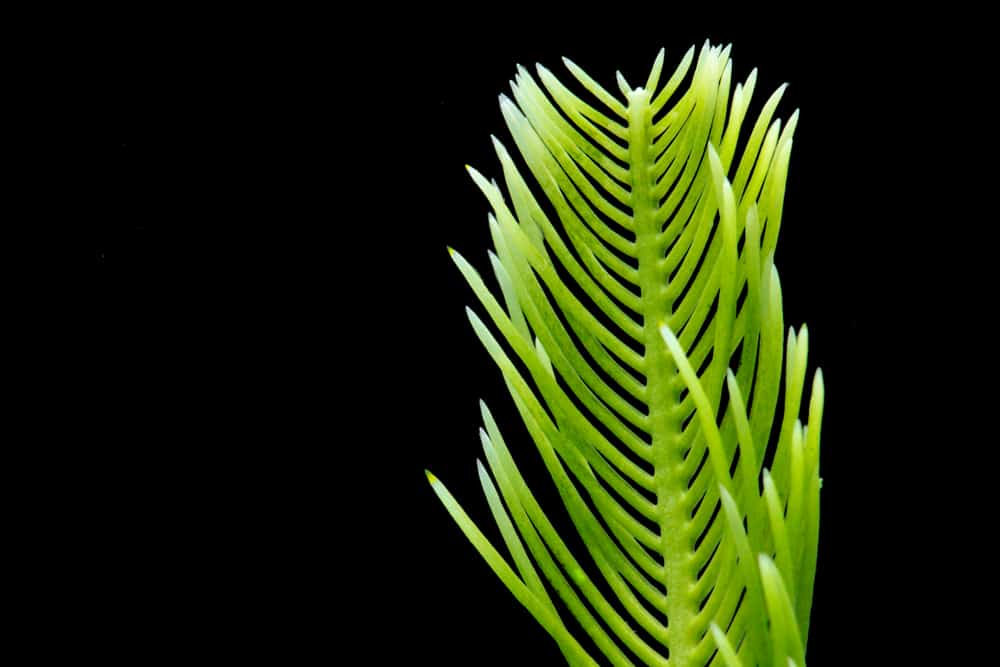
Caulerpa is another green macroalgae species that comes in many varieties, two of which are great for refugia: Caulerpa Prolifera and Caulerpa Racemosa.
Both types are fast-growing and consume large amounts of nitrate and phosphate.
This makes them great choices for controlling a sudden spike.
They usually wipe out other macroalgae varieties in the tank, as they outcompete them in consuming all the nutrients.
Both varieties should be anchored to hard surfaces like rocks.
The Caulerpa goes sexual, which is dangerous, as mentioned previously.
Therefore, you should keep an eye on them and prevent their growth past a certain stage by cutting the older and maturing parts off.
- Caulerpa Prolifera: The Caulerpa Prolifera is a popular and hardy macroalga which can adapt to different water parameters. It’s a warm water macroalga, suitable for both saltwater aquariums and refugia. It has long-bladed green leaves, which can grow up to 12 inches long, creating a beautiful garden bed in your tank. It’s a great environment for keeping seahorses and breeding microorganisms like copepods. To prevent Caulerpa Prolifera from going sexual, you need to keep the lights on 24 hours a day and prune them every few weeks.
- Caulerpa Racemosa: This macroalga has many small ball-shaped growths on its stem, making it look like a grape. That’s why it’s also known as Grape Caulerpa. It grows very fast and eliminates all the excess nitrate and phosphate from water. Some hobbyists choose to grow the Caulerpa Racemosa in their main tank because of its looks. However, it’s a better choice for the refugium because it’s hard to maintain in the main tank, and you’ll have to cut the growing branches every day. Some fish like to eat this macroalga, and they’re considered edible by humans in some countries like Malaysia, Japan, Indonesia, and the Philippines. People eat it raw or cooked, and some believe it helps with high blood pressure and rheumatism.
3. Ulva or Sea Lettuce
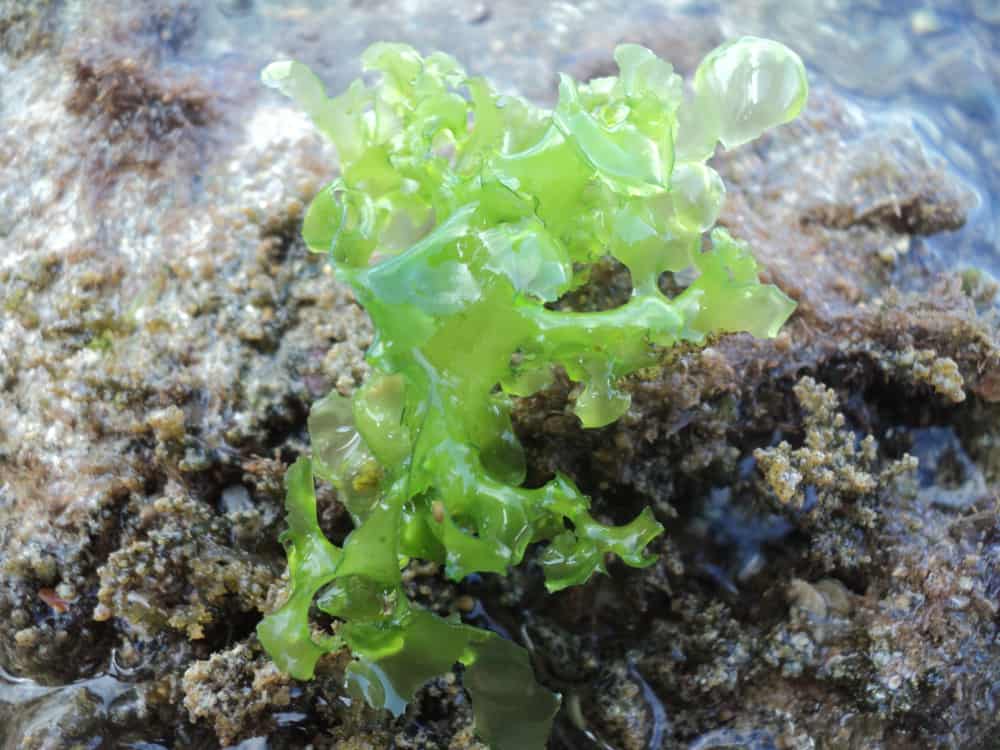
Ulva or Sea Lettuce gets its name from its expanded leaves which resemble lettuce.
Ulva is a hardy and fast-growing green macroalga which usually dominates all other macroalgae in the refugium.
It attaches itself to the substrate, glass, and rocks while growing.
Ulva can eliminate excess nutrients in the tank very quickly.
It also provides a hospitable environment for crustaceans to build a colony.
Ulva is another macroalgae that goes sexual, so you should remove the older parts that have changed color from dark green to light green.
You can throw them out or use them as treats for your fish.
Many herbivorous species like tangs love to eat sea lettuce.
Even snails, urchins, and crabs find them pretty tasty.
4. Halimeda or Money Plant
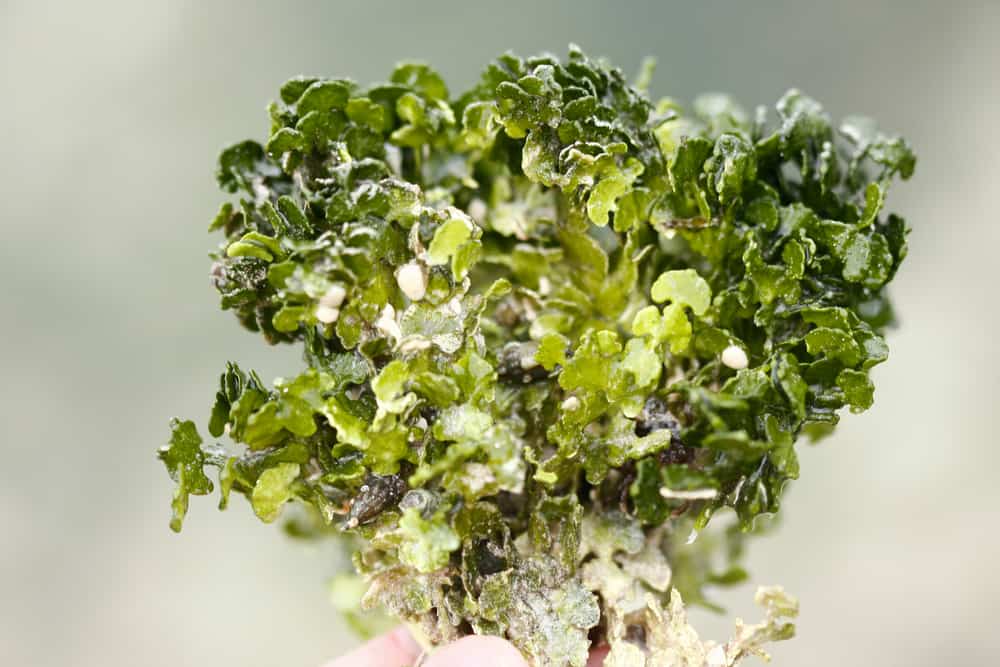
Halimeda is a type of green macroalga, with several oval growths that appear as green coins, giving it the name of Money Plant.
This macroalga isn’t as fast-growing as the ones we mentioned previously, so it can’t remove large quantities of nitrate and phosphate from your tank in a short time.
However, if you’re dealing with excess calcium in the water, Halimeda should be your go-to macroalgae.
It builds up tissue by absorbing calcium from the water.
Not many fish will eat the money plant, so many hobbyists choose to keep it in the main saltwater tank as an aquatic plant, but it’s also a great addition to your refugium.
Halimeda does go sexual at some point, releasing all the contaminants it has absorbed back into the water, but it’s fairly easy to maintain because it grows slowly, both vertically and horizontally.
It’s not an invasive plant, so you’ll have plenty of time to trim it.
It also won’t hurt the other macroalgae in the refugium.
5. Halymenia
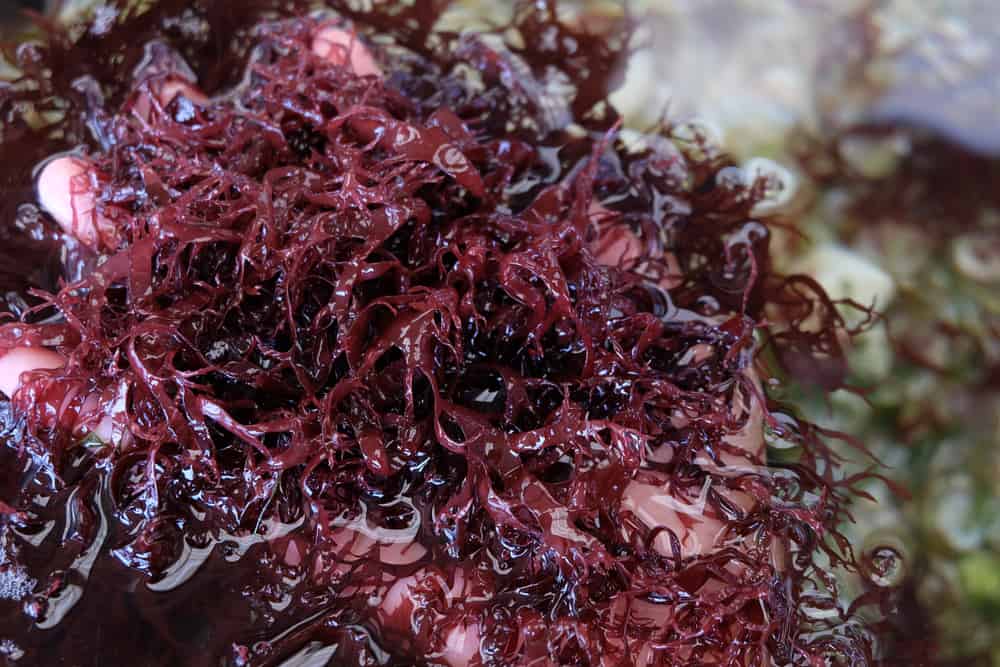
- Halymenia Maculata: Halymenia Maculata or the Leafy Sphere is a type of red macroalga used in refugia and display tanks. It has thick and stiff blades which can vary in color, depending on the light you give them. The color is mostly deep red, but it can also be pink and purple. It can grow either free-floating or attached to the substrate and rocks, and it prefers medium-high water flow. The leafy sphere doesn’t grow as fast as the Chaeto, Caulerpa, or Ulva, so it won’t be much help if you’re dealing with a chemical spike. It is, however, an excellent addition to your refugium for maintaining the water parameters and eliminating nitrate and phosphate levels in the long run. It doesn’t need much trimming, and it doesn’t need as much light as the other algae types. You can keep it in the deeper and darker parts of the refugium with no problem. If it gets too much light, it’ll lose its color and turn gray. The Halymenia Maculata makes a nutritious supplement for bigger herbivorous fish and creates a great environment for breeding copepods.
- Halymenia Dilatata: The Halymenia Dilatata, also known as the Dragon’s Tongue, is another type of red macroalgae. It’s popular, expensive, and highly sought-after among hobbyists because of its pinkish-red color and flame-shaped fronds. It’s a free-floating, slow-growing, and non-invasive macroalgae, with a longer lifespan than the Chaeto or Caulerpa, so you can put it in the refugium when the nutrient levels have evened out. It’ll feed on nitrate, phosphate, and heavy metals and neutralize other toxins. The Dragon’s Tongue needs indirect water-flow, with low to moderate lighting, making it a long-term resident for the refugium’s shadier parts.
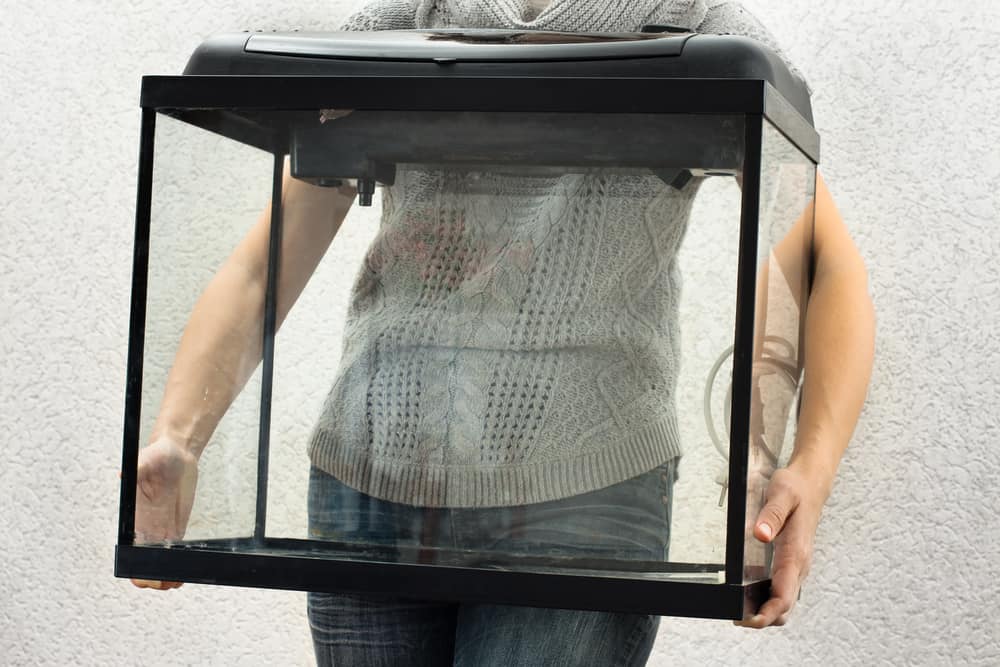
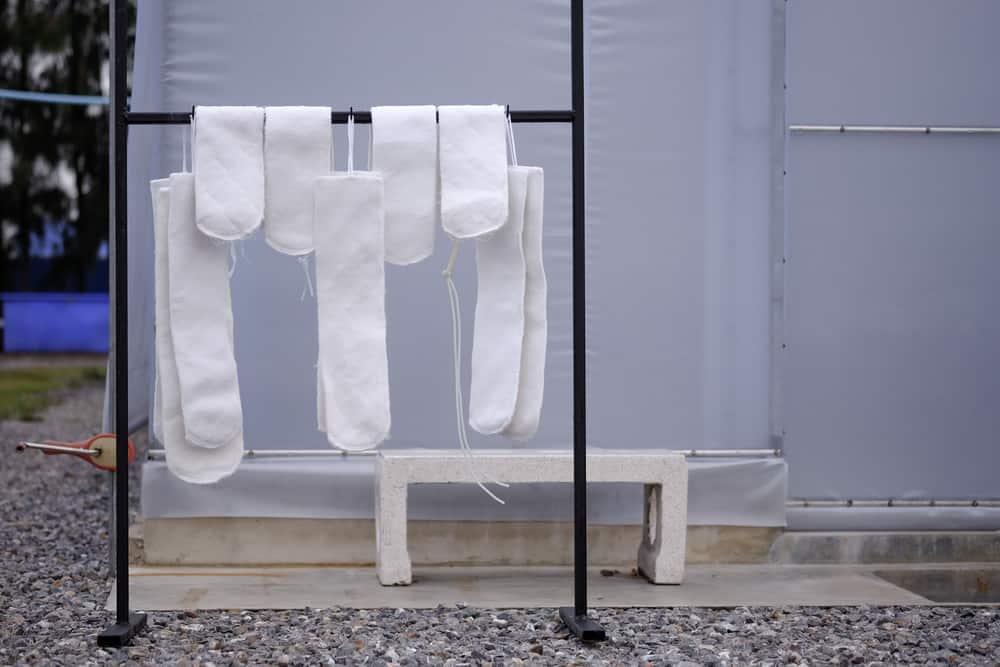
Leave a Reply
You must be logged in to post a comment.